When it comes to strength training and bodybuilding, the hack squat machine is a staple for targeting the quadriceps, hamstrings, and glutes. Whether you're a fitness enthusiast setting up a home gym or a gym owner considering equipment upgrades, understanding the weight of a hack squat machine is crucial. This article delves into the factors influencing the weight of hack squat machines, the typical weight ranges, and considerations for choosing the right machine for your fitness needs.
What is a Hack Squat Machine?
A hack squat machine is a piece of strength training equipment designed to mimic the movement of a traditional barbell hack squat. It primarily targets the lower body muscles, including the quadriceps, hamstrings, glutes, and calves. The machine provides a guided path for the squat movement, enhancing safety and stability, especially for those new to squatting exercises or lifting heavier weights.
Factors Influencing the Weight of Hack Squat Machines
Several factors determine the overall weight of a hack squat machine:
-
Material Construction: Machines made from high-quality steel or reinforced alloys tend to be heavier. The sturdier the construction, the more durable and stable the machine, but this also increases its weight.
-
Design and Features: Advanced models with additional features like adjustable footplates, padded seats, and integrated weight stacks or plate loading systems contribute to the machine's overall weight.
-
Size and Dimensions: Larger machines with a broader base and more substantial support structures naturally weigh more than compact models.
-
Weight Stack vs. Plate Loaded: Hack squat machines can either have a built-in weight stack or use plate loading. Machines with integrated weight stacks are generally heavier due to the additional components required for the stack mechanism.
Typical Weight Ranges of Hack Squat Machines
The weight of hack squat machines can vary significantly based on the factors mentioned above. Here's a general overview:
-
Home Gym Models: These are typically more compact and designed for space-saving. They usually weigh between 100 to 300 pounds (45 to 136 kg). These models are suitable for personal use and lighter workout routines.
-
Commercial Gym Machines: Built for heavy usage and durability, commercial hack squat machines are significantly heavier, often ranging from 300 to 700 pounds (136 to 318 kg). Their robust construction ensures longevity and the ability to support multiple users simultaneously.
-
Heavy-Duty Models: Designed for serious strength training and bodybuilding, heavy-duty hack squat machines can weigh upwards of 700 pounds (318 kg). These are ideal for high-traffic gyms and environments where maximum stability and durability are paramount.
Comparing Hack Squat Machines to Other Squat Equipment
Understanding the weight of hack squat machines in comparison to other squat equipment can help in making informed decisions:
-
Traditional Barbell Squats: Involves less equipment weight, as it primarily requires a barbell and weights. However, the total weight lifted can be greater since users can add significant load based on their strength.
-
Smith Machines: Similar to hack squat machines in terms of providing guided movement, Smith machines typically weigh between 300 to 600 pounds (136 to 272 kg). They offer versatility for various exercises beyond squats.
-
Leg Press Machines: Often heavier than hack squat machines, leg press equipment can weigh anywhere from 400 to 800 pounds (181 to 363 kg), depending on the model and features.
Choosing the Right Hack Squat Machine Weight for Your Needs
Selecting the appropriate hack squat machine weight involves considering several aspects:
-
Space Availability: Heavier machines often occupy more space. Ensure your workout area can accommodate the machine's dimensions and weight.
-
Usage Frequency: High-traffic gyms benefit from heavier, more durable machines, whereas home gyms may prioritize lighter models for limited use.
-
Budget Constraints: Generally, heavier and more robust machines come with a higher price tag. Balance your budget with the desired durability and features.
-
Portability Needs: If you require a machine that can be moved frequently, lighter models are preferable. However, they may offer less stability compared to their heavier counterparts.
-
Training Goals: For serious strength training, a heavier machine provides better stability and can support higher workout intensities. Casual users might find lighter models sufficient for their needs.
Maintenance and Mobility Considerations
The weight of a hack squat machine also impacts maintenance and mobility:
-
Maintenance: Heavier machines tend to have more components that require regular maintenance, such as weight stacks, cables, and moving parts. Ensuring proper upkeep extends the machine's lifespan.
-
Mobility: If you plan to move the machine frequently, consider models with built-in wheels or those that are lighter for easier relocation. However, keep in mind that added mobility features can slightly increase the overall weight.
Safety Implications of Machine Weight
The weight of a hack squat machine contributes to its stability during use. Heavier machines are less likely to wobble or tip over, providing a safer workout environment, especially when lifting heavy weights. Stability is crucial to prevent accidents and ensure that the focus remains on effective muscle engagement.
Conclusion
Understanding the weight of hack squat machines is essential for making informed decisions, whether you're outfitting a commercial gym or setting up a home workout space. Factors such as material construction, design features, and intended use significantly influence the machine's weight. By considering your specific needs, space, and budget, you can select a hack squat machine that not only meets your fitness goals but also ensures durability and safety.
Investing in the right hack squat machine weight ensures that you have a reliable and effective tool for building lower body strength, enhancing overall fitness, and achieving your bodybuilding aspirations. Whether you opt for a compact home model or a hefty commercial-grade machine, understanding these weight dynamics will help you make the best choice for your training regimen.

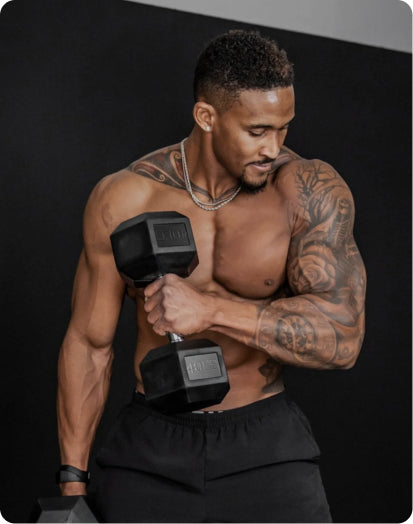
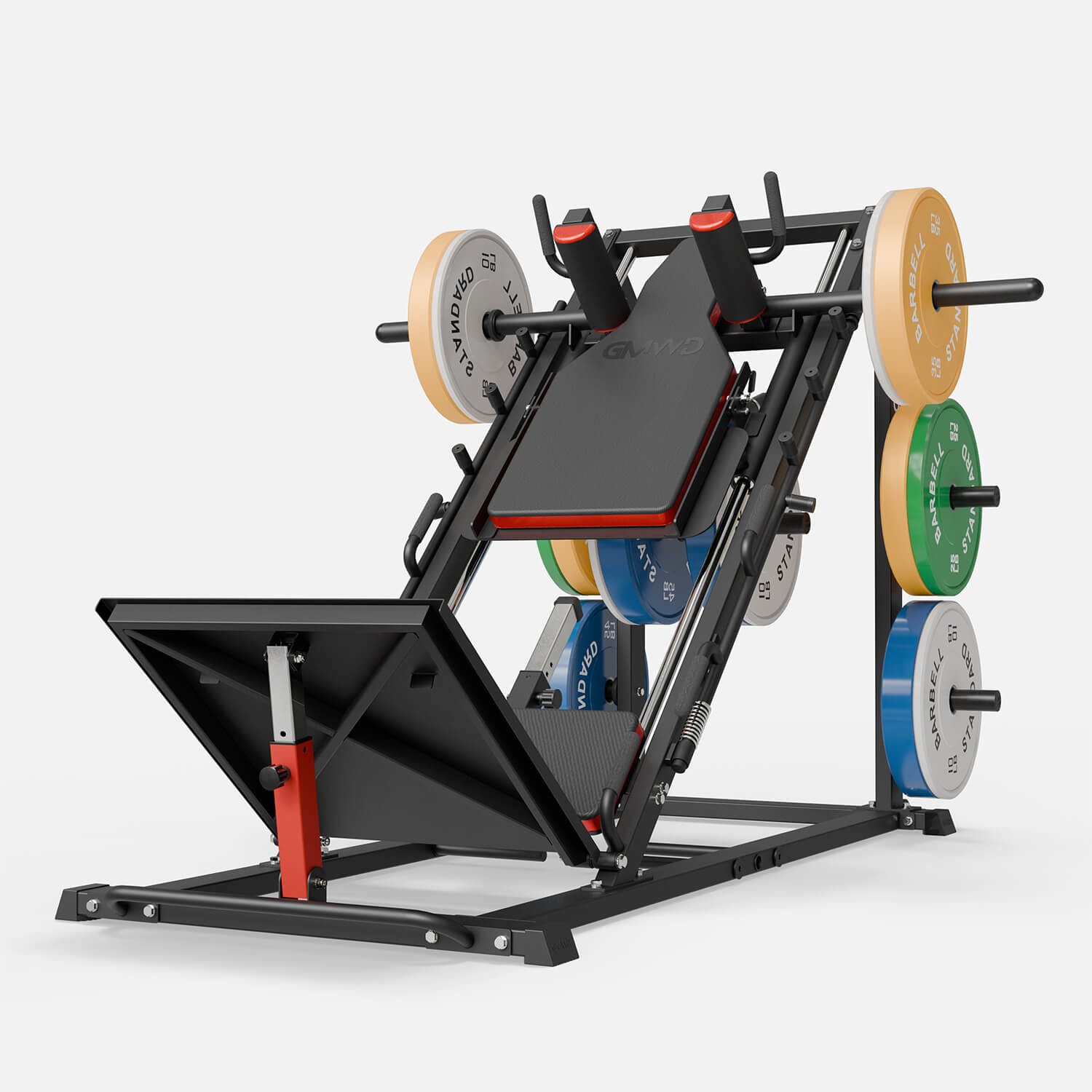
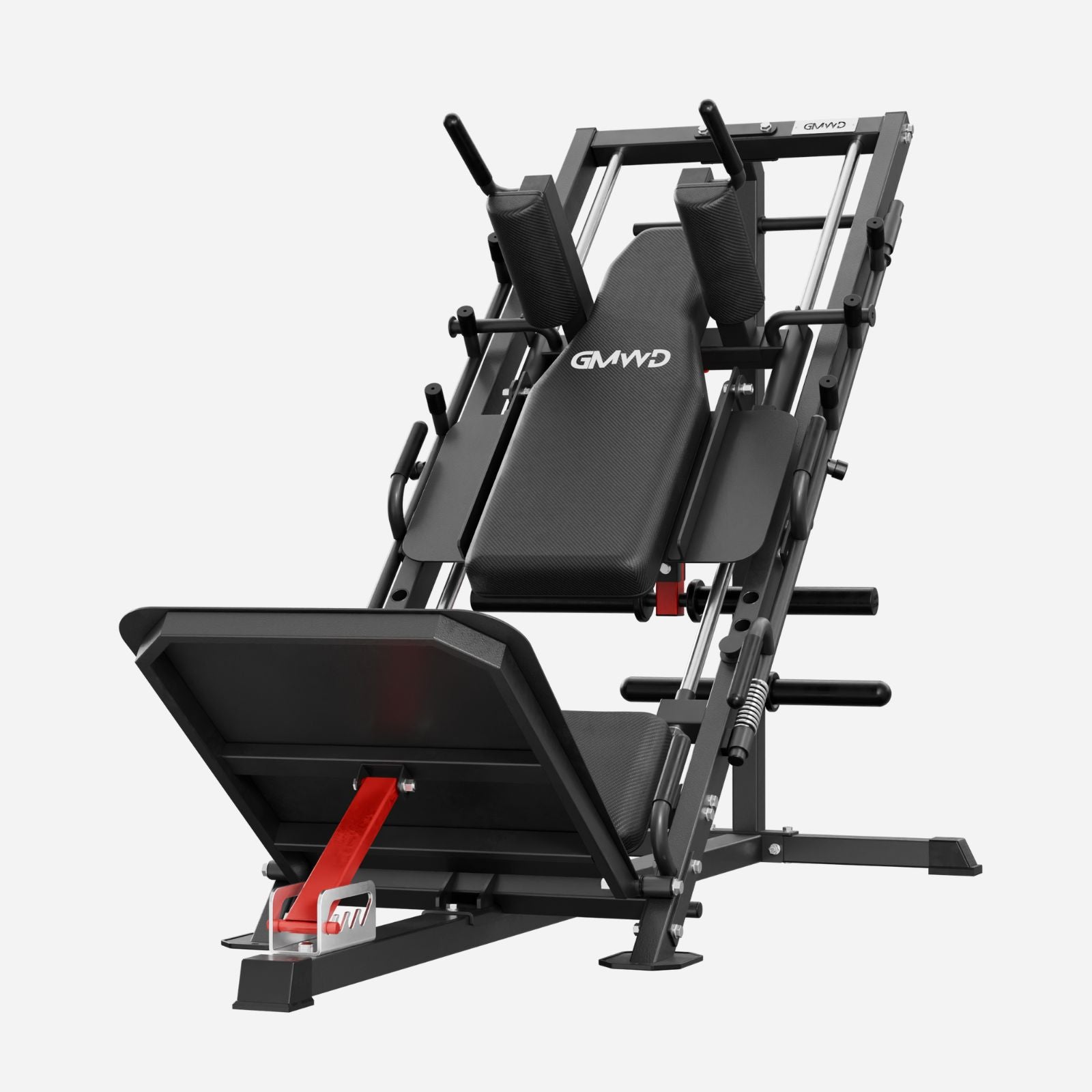

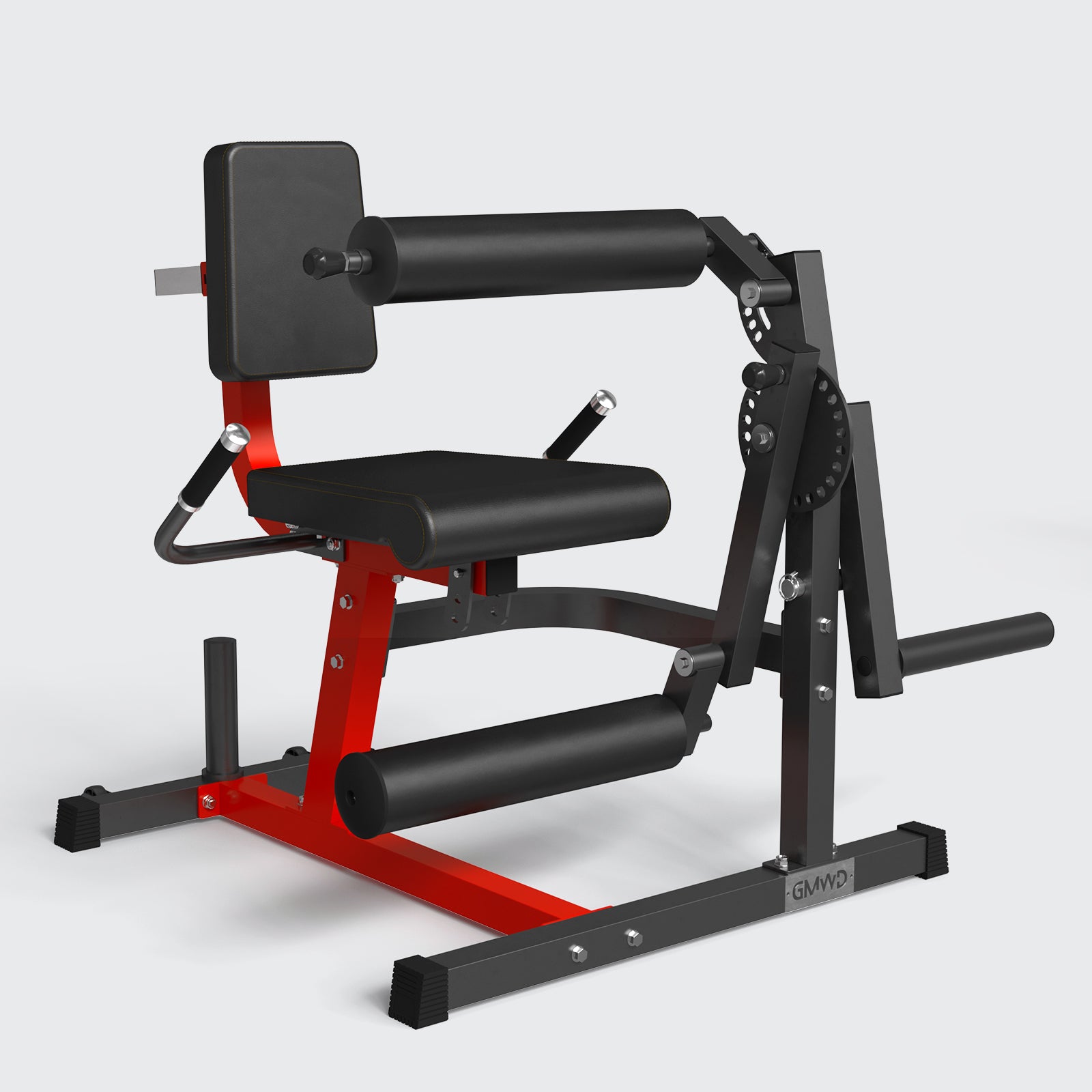
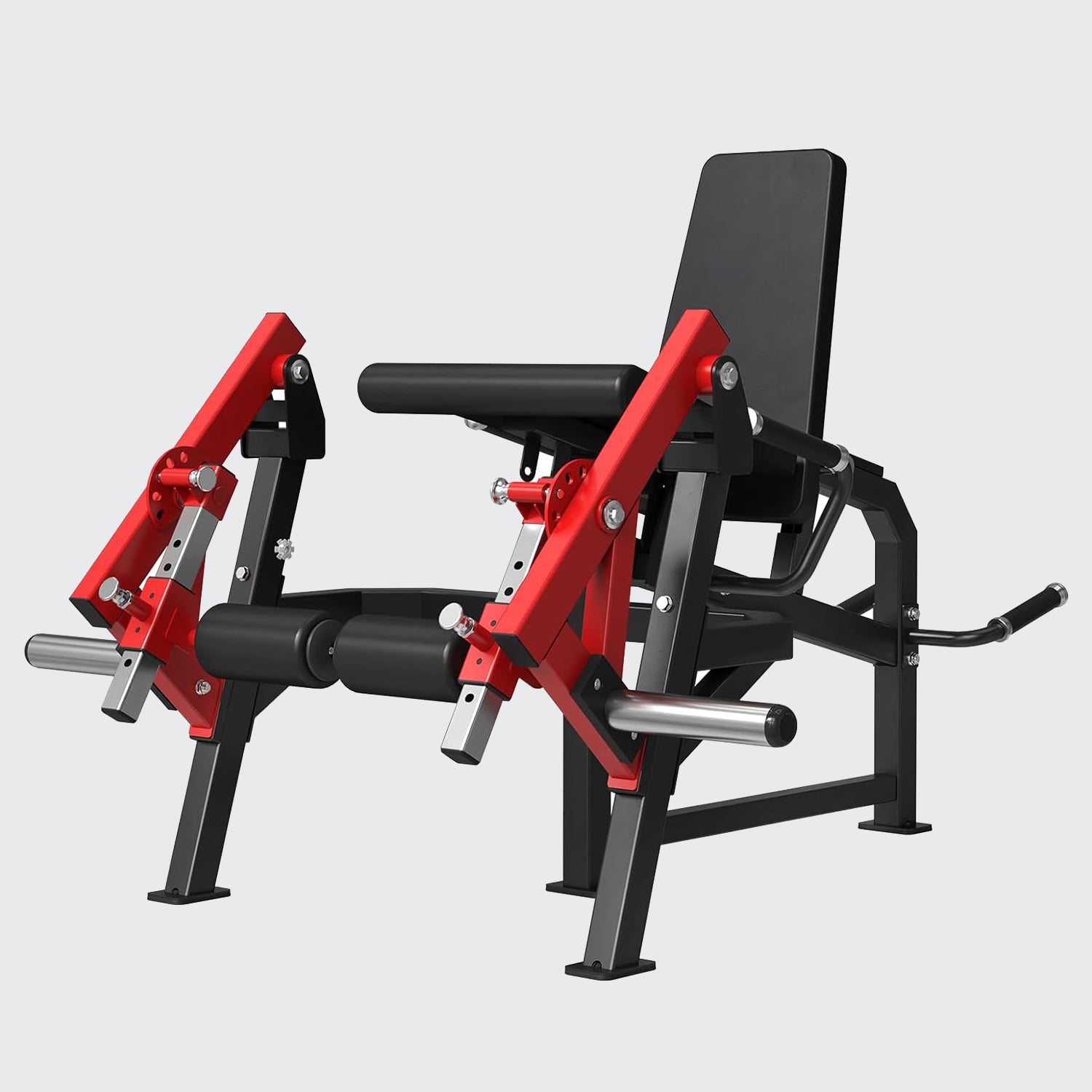
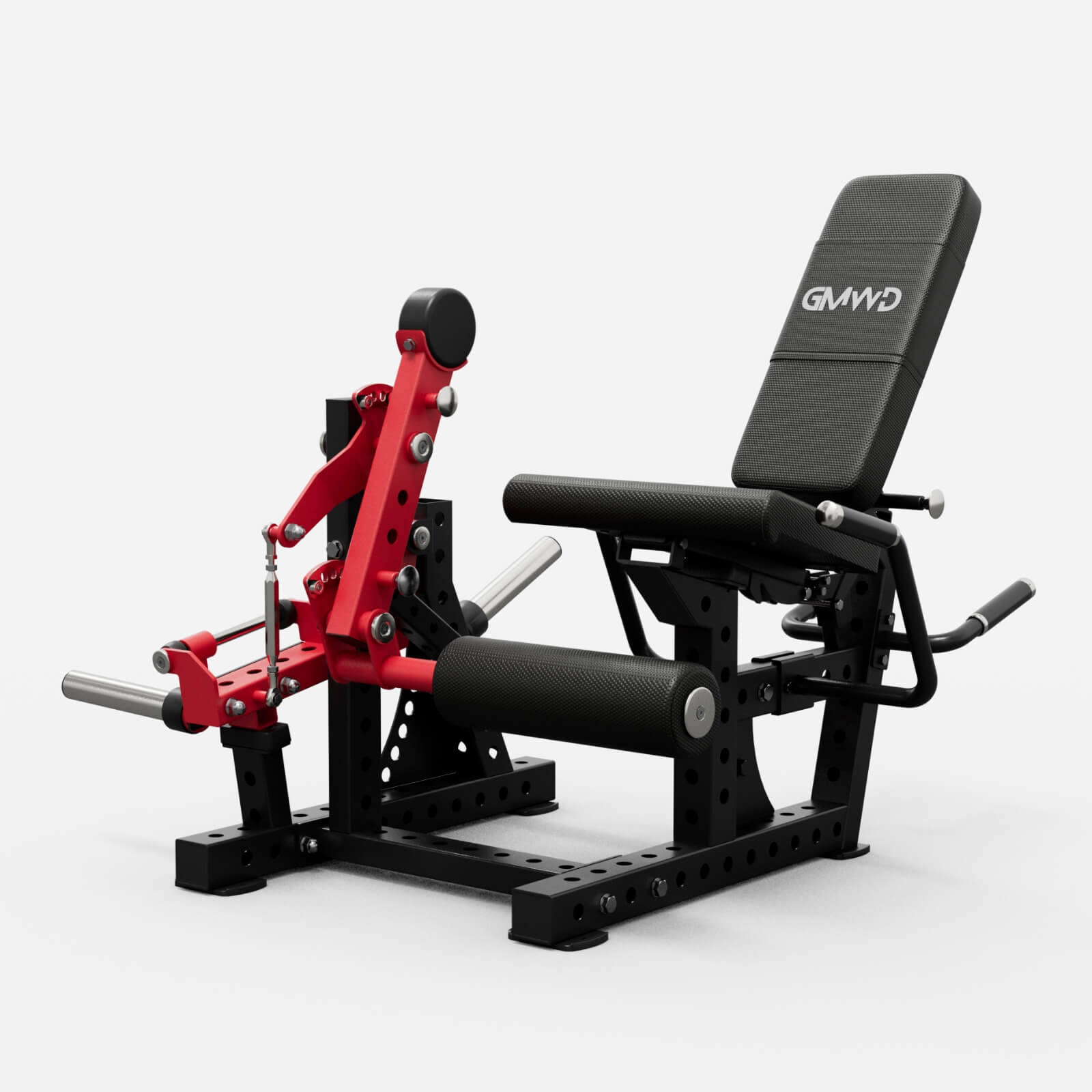
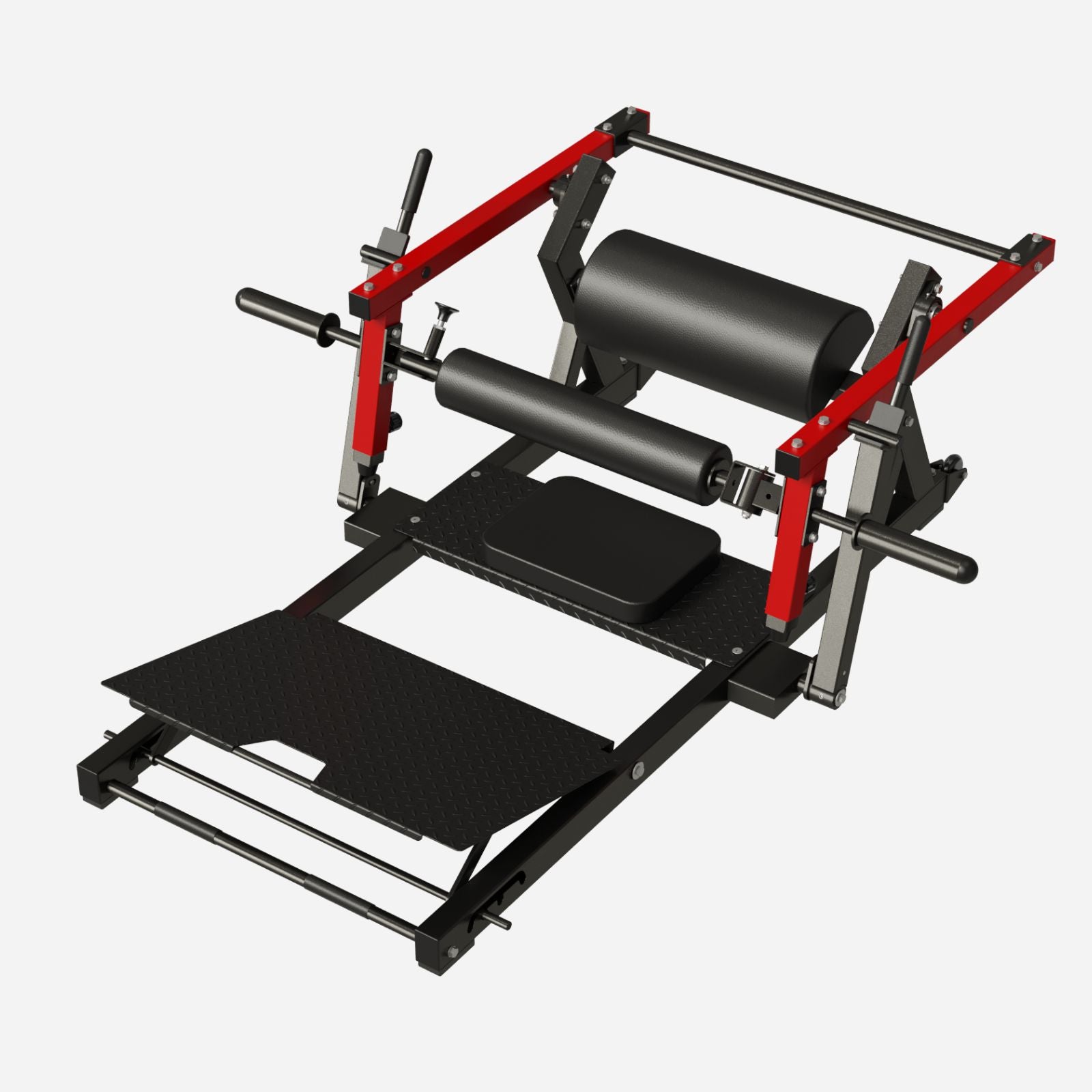

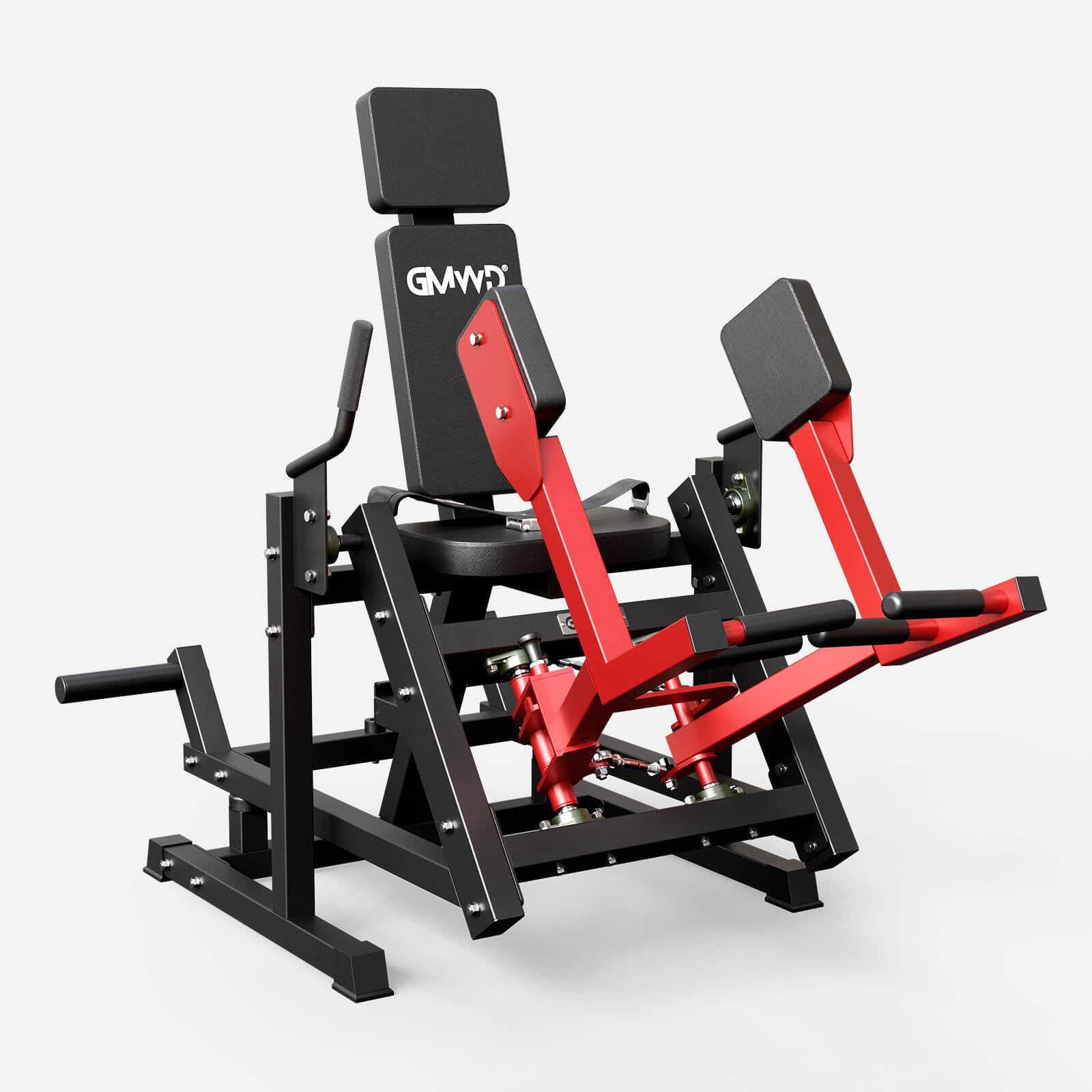
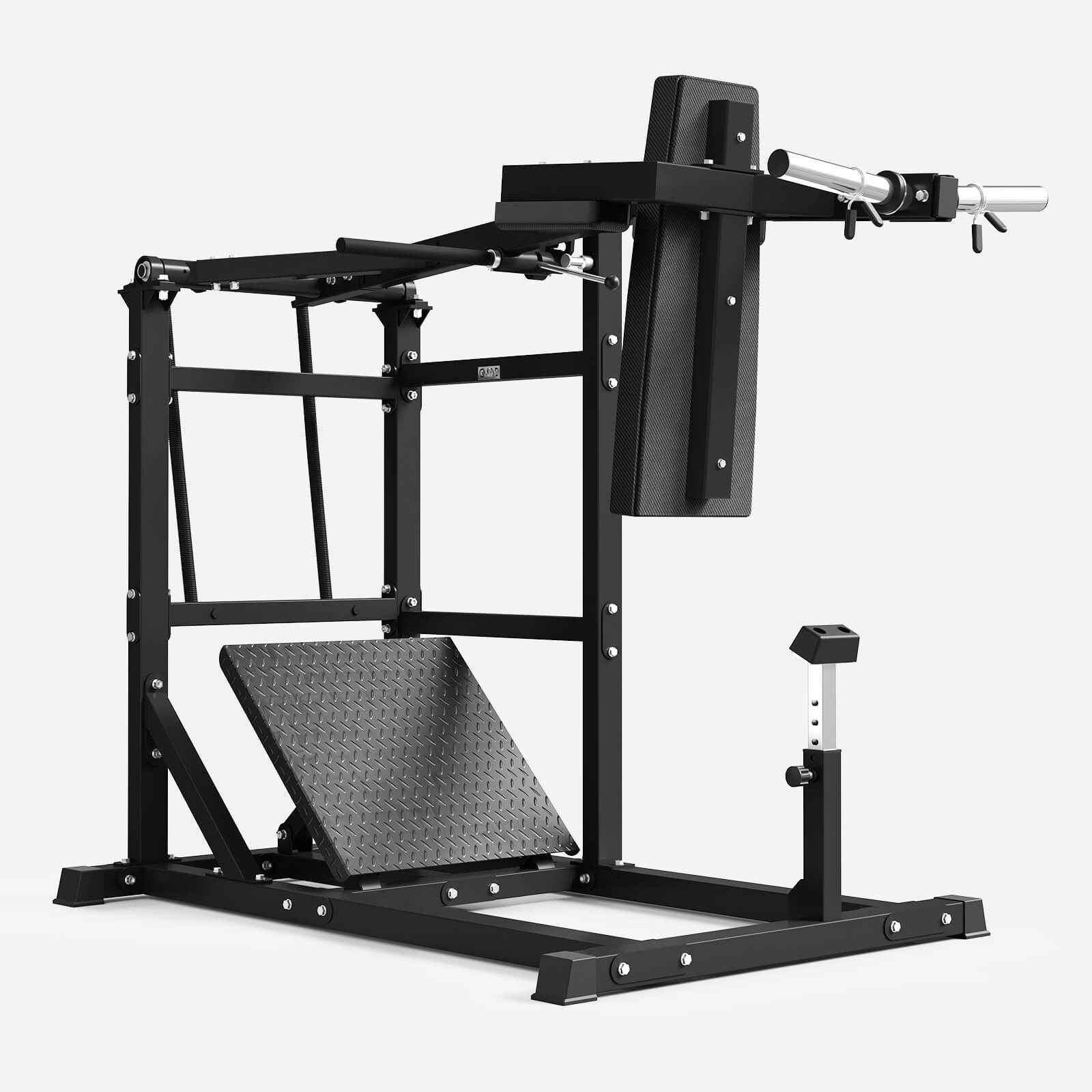
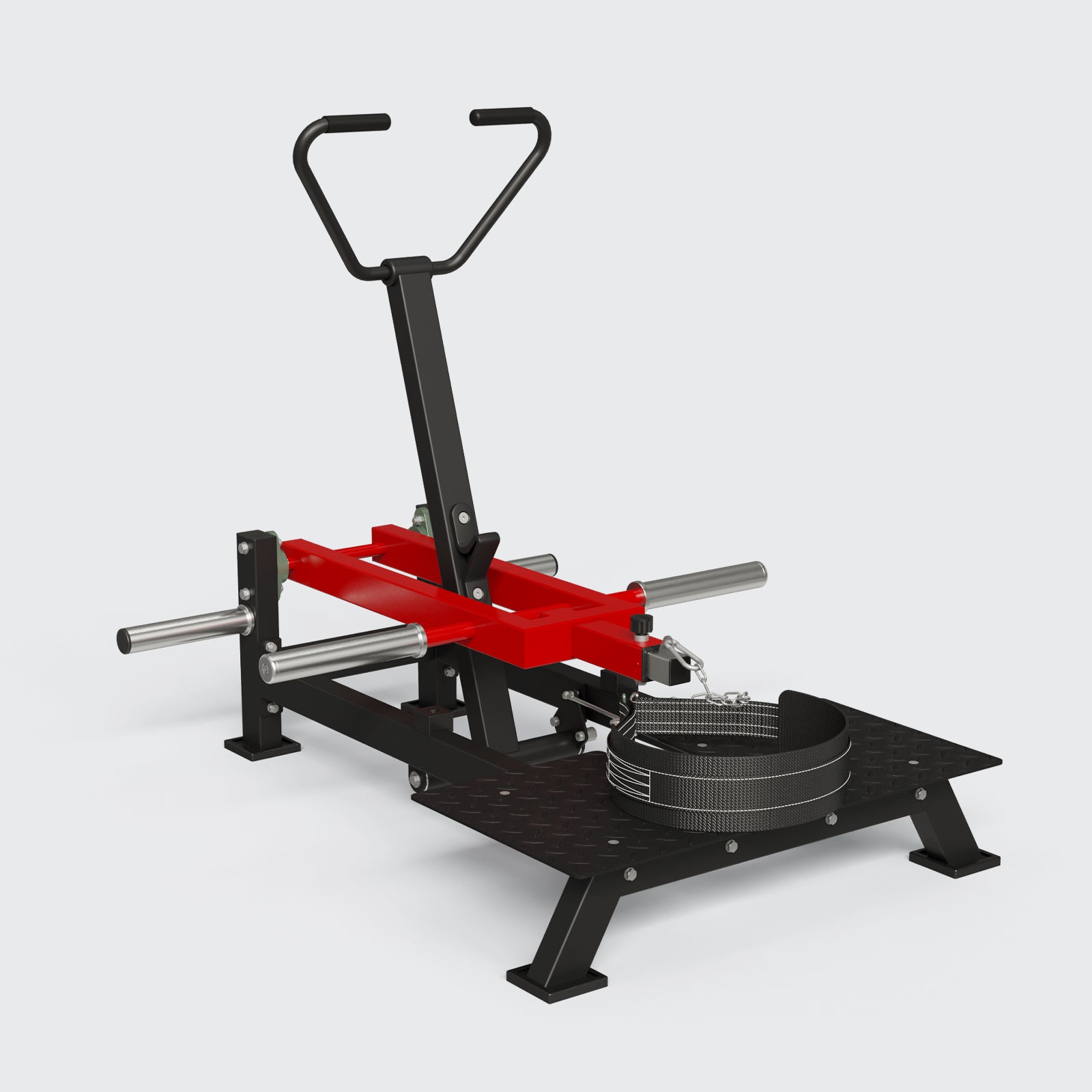
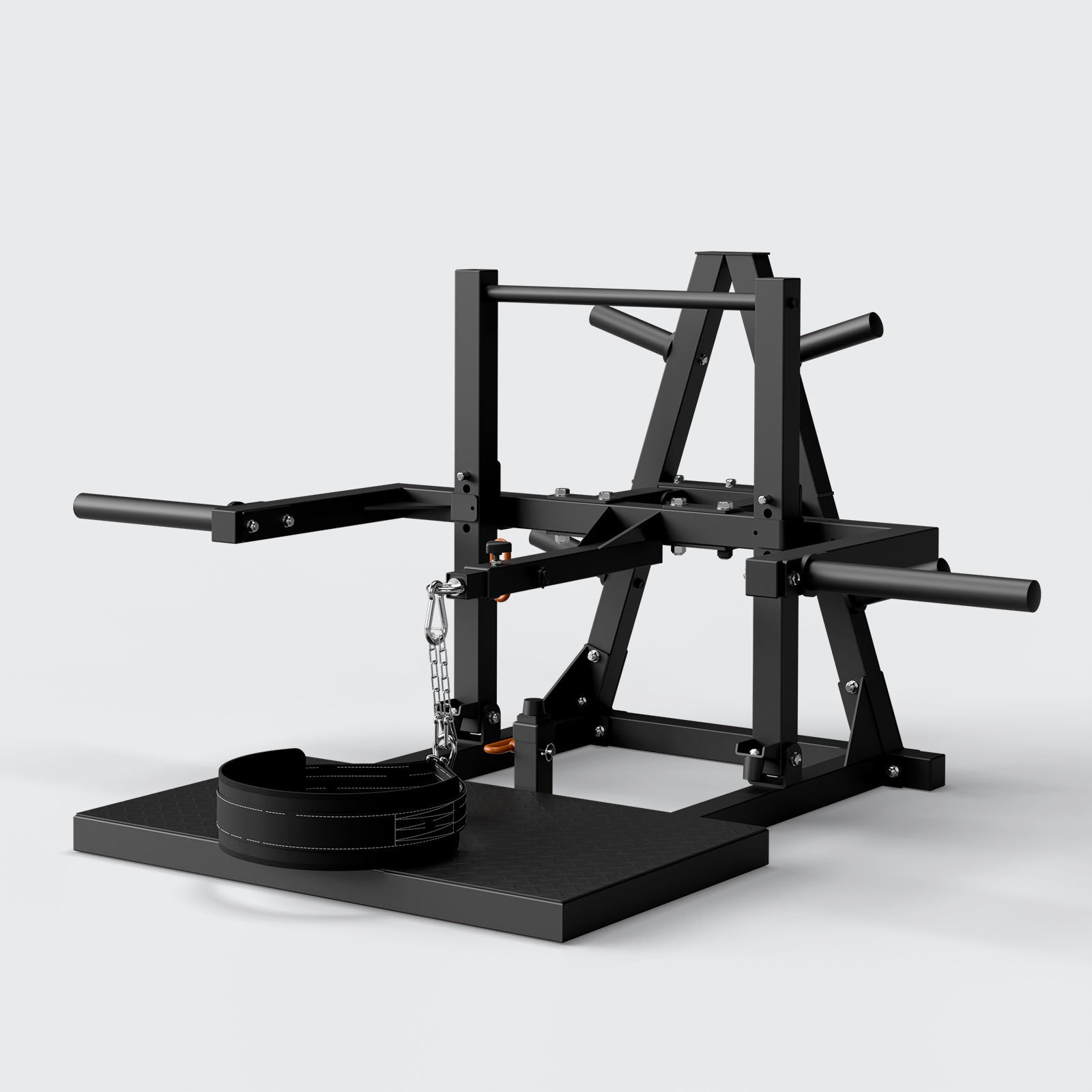

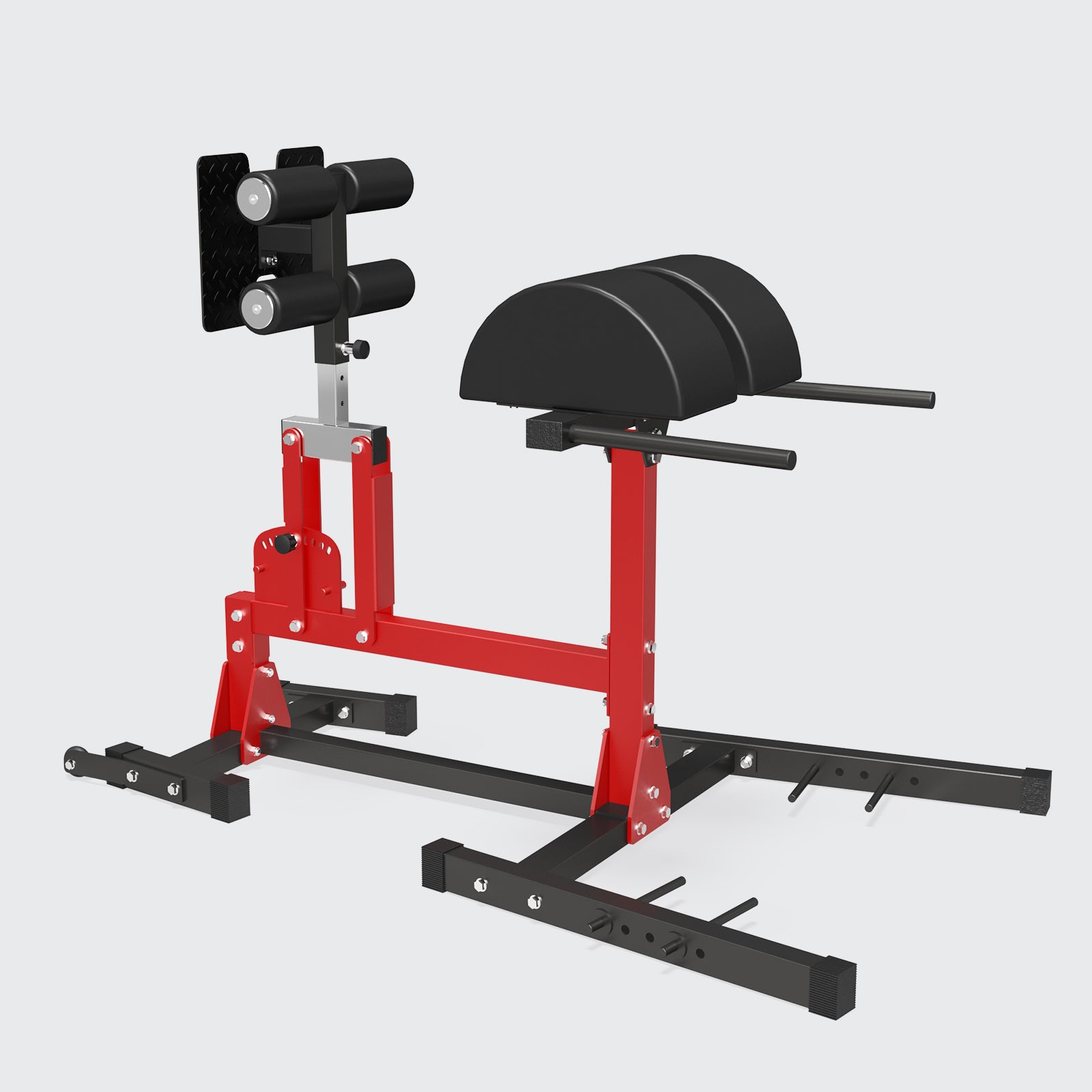
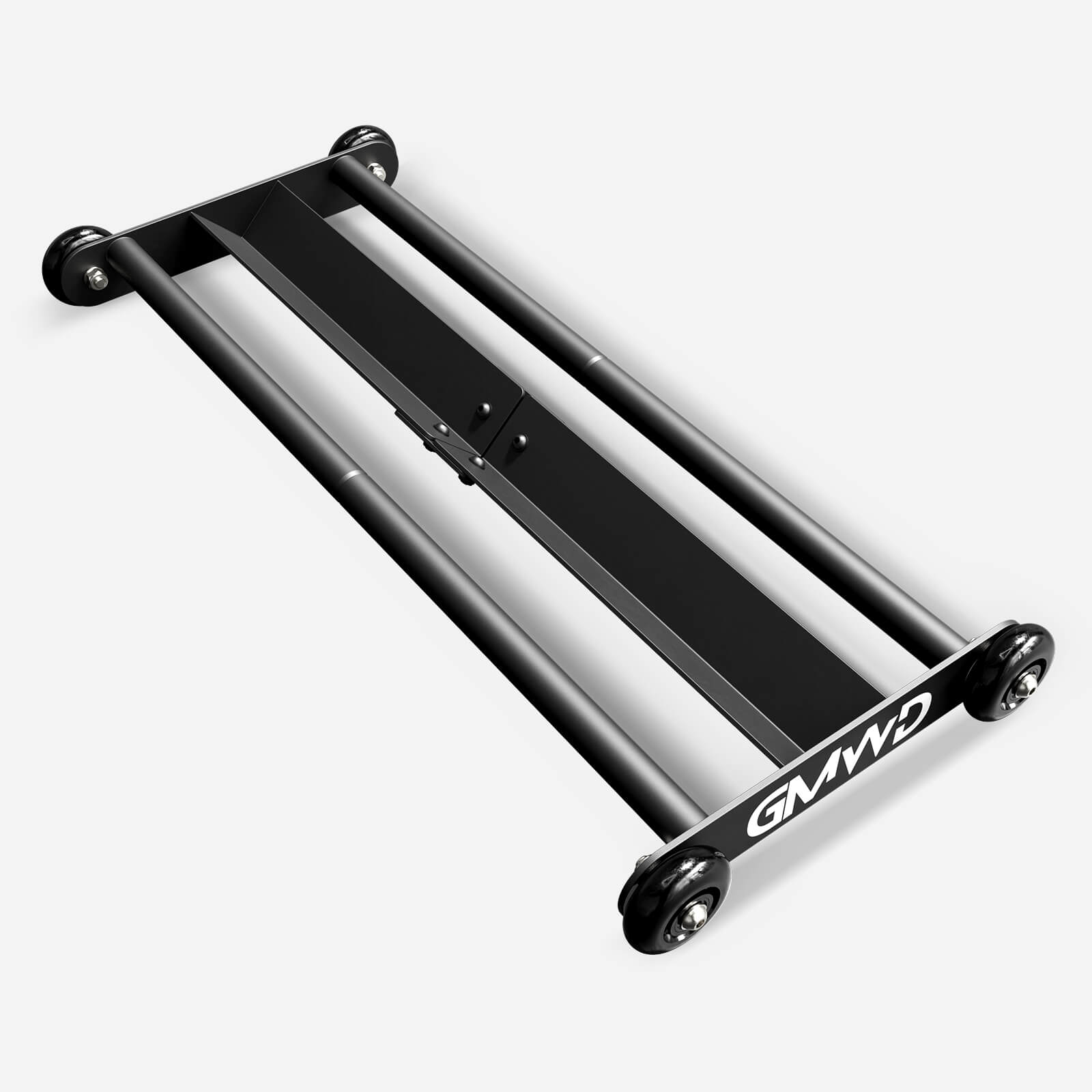
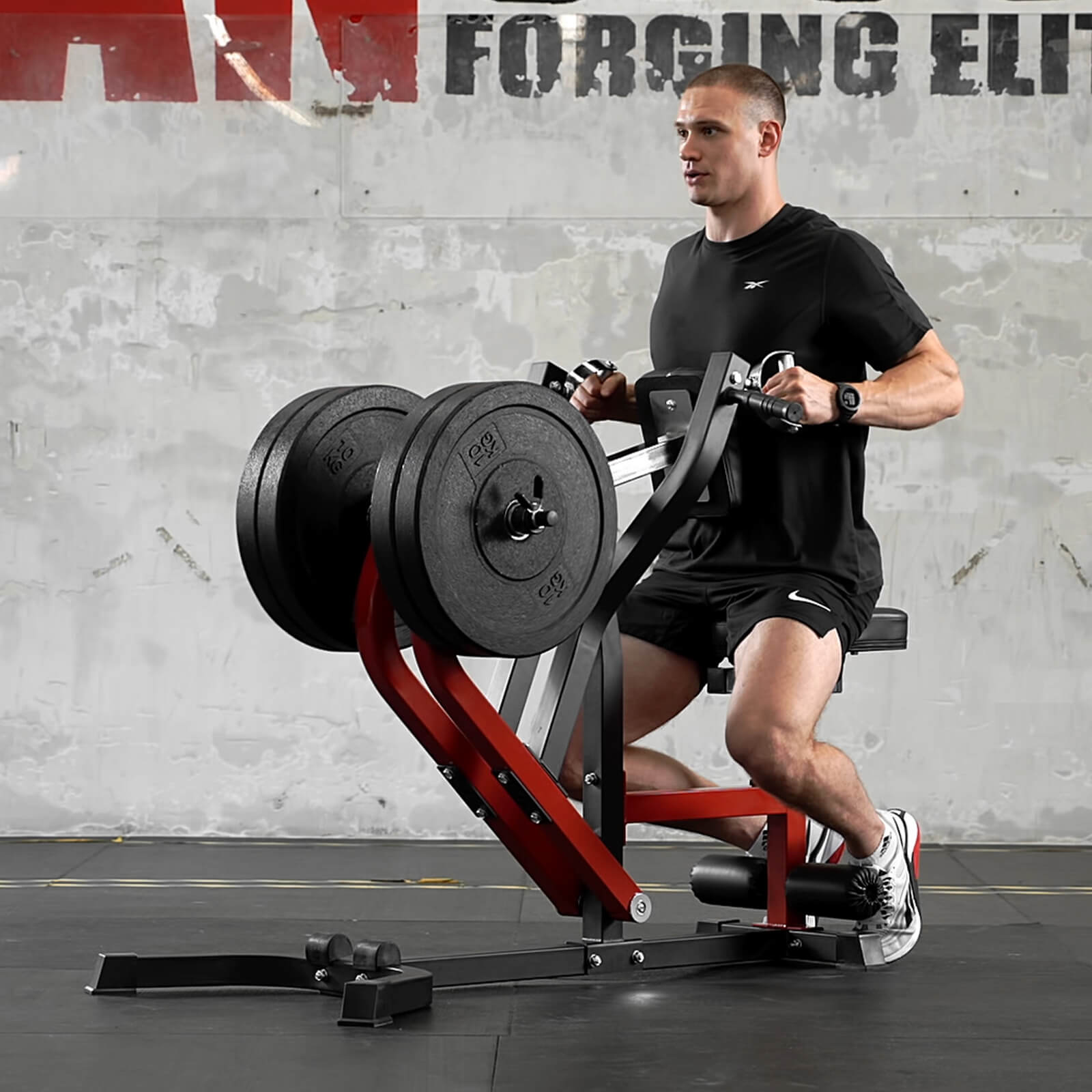
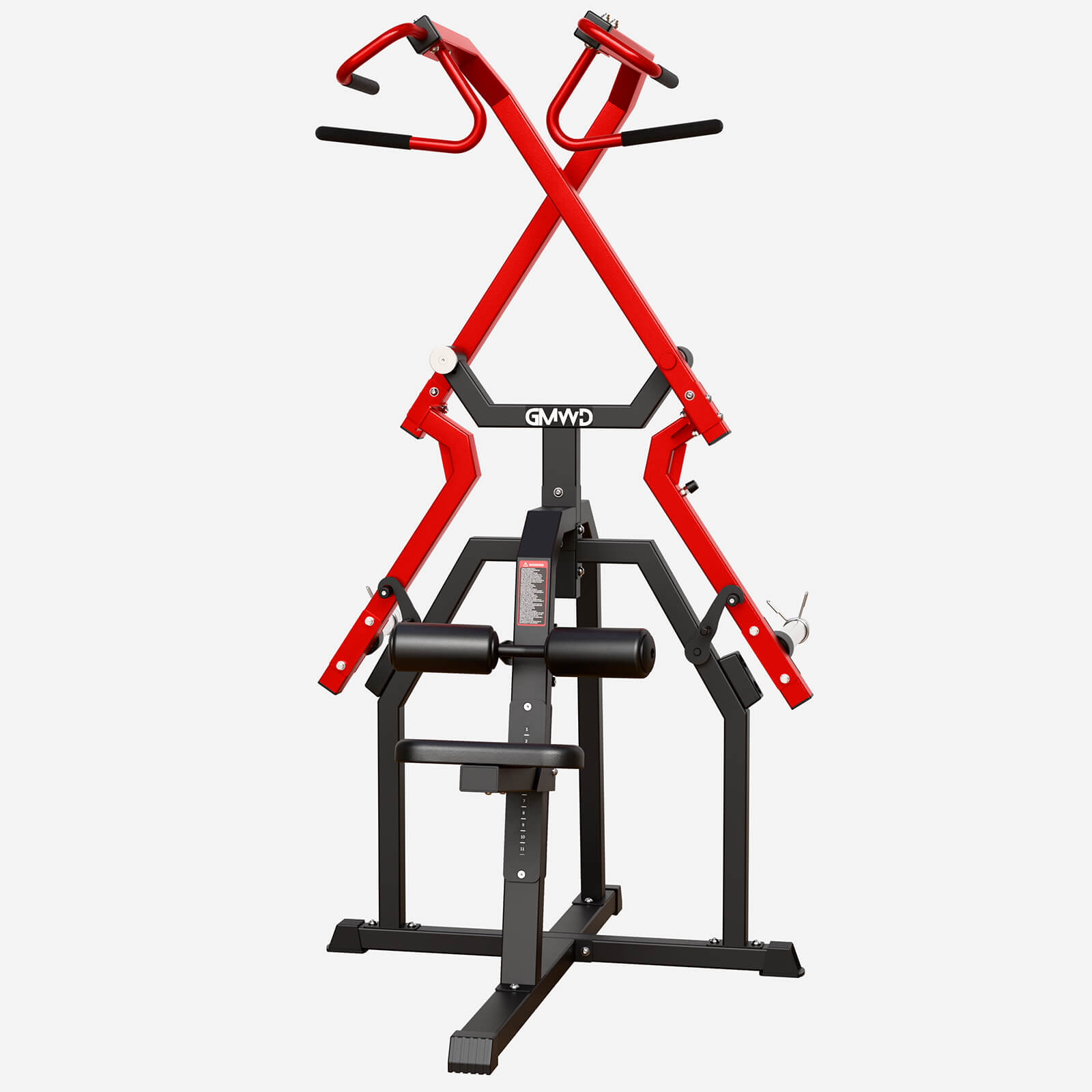
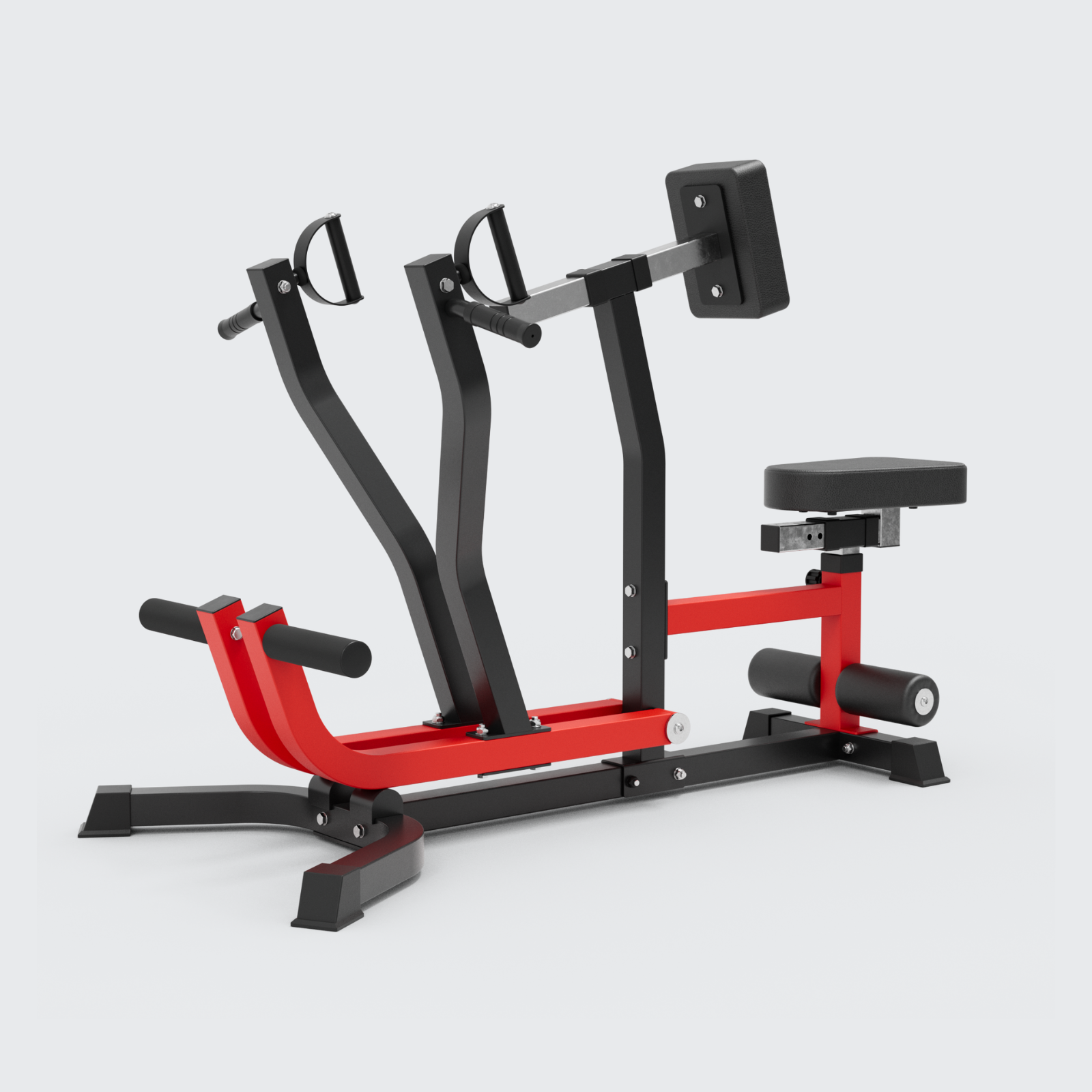
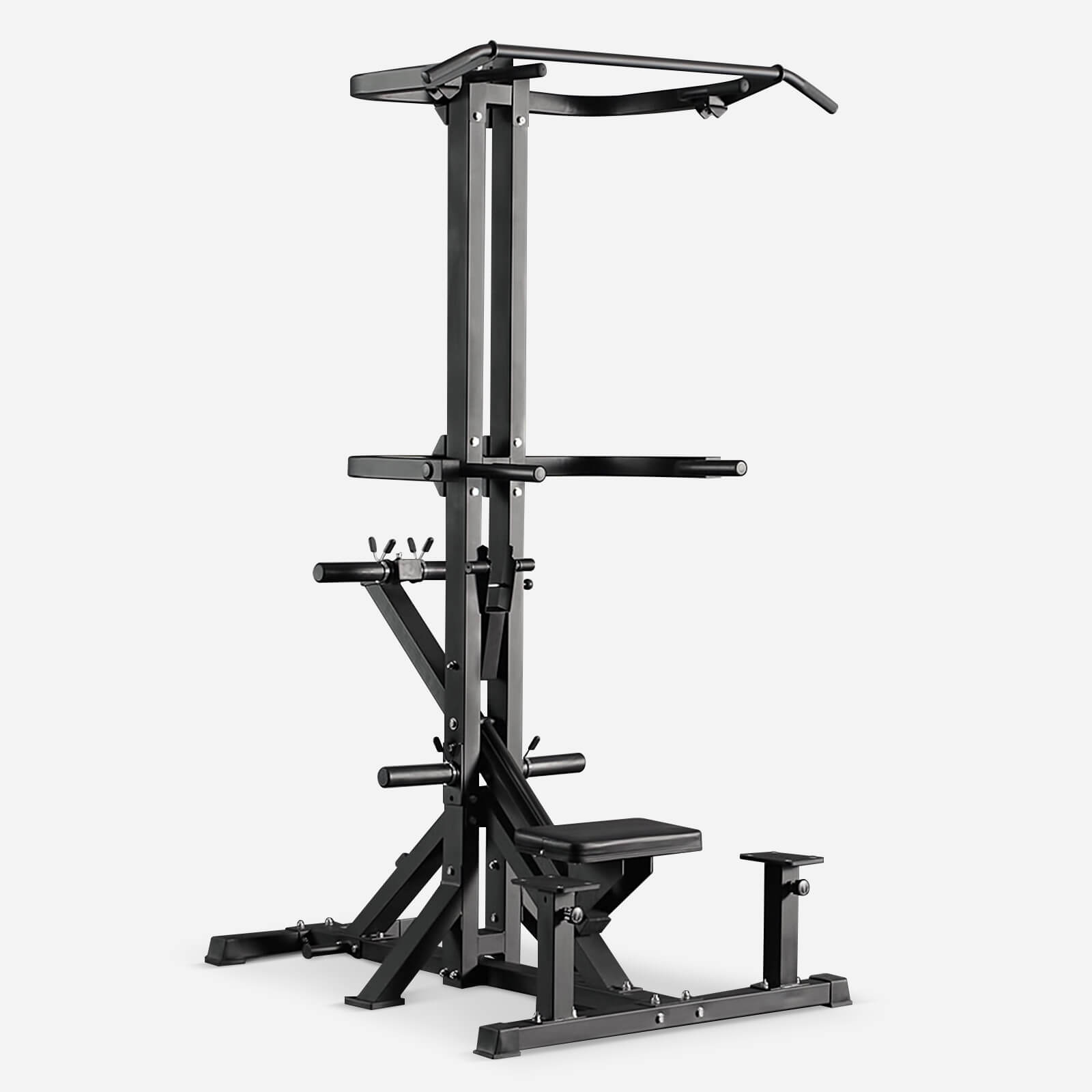

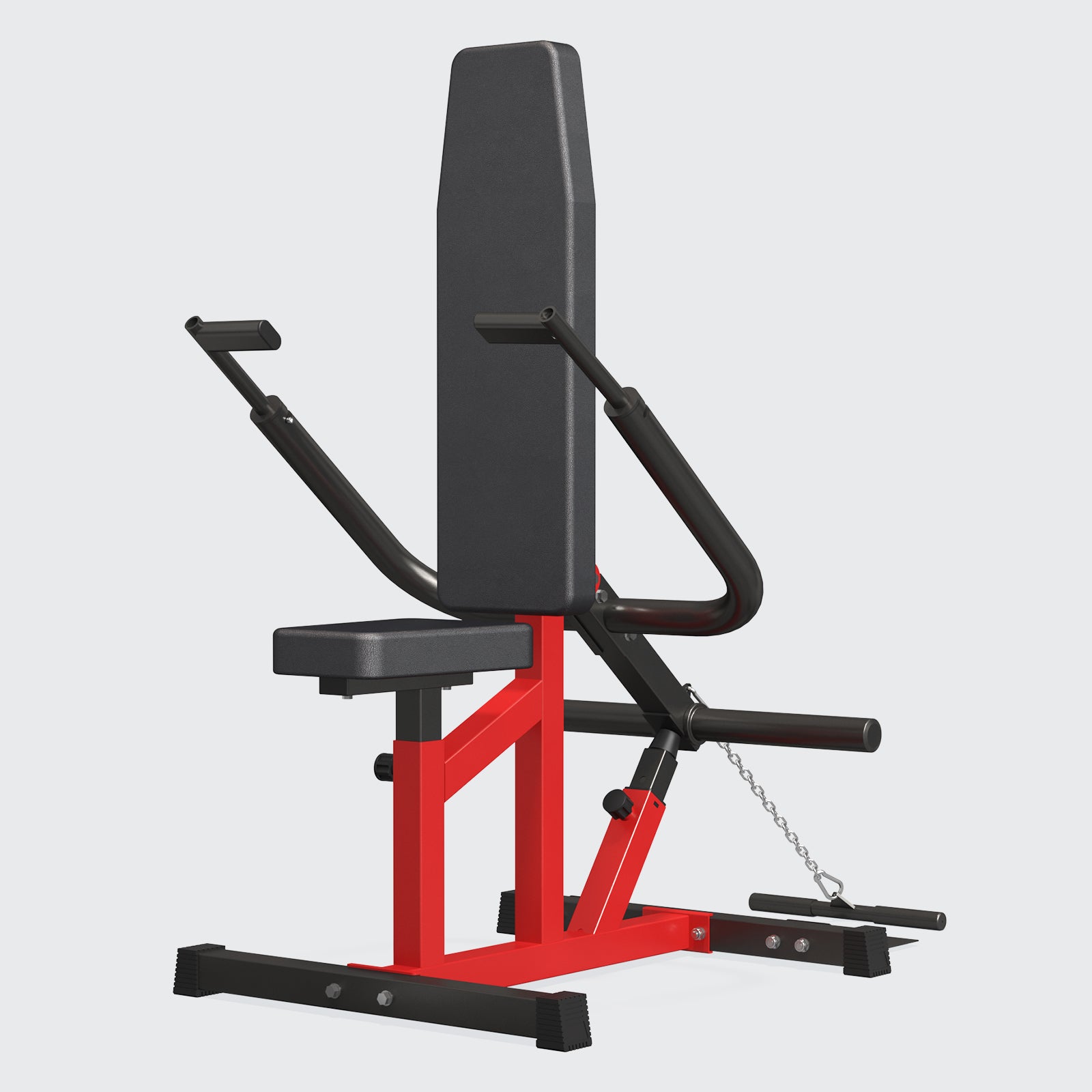
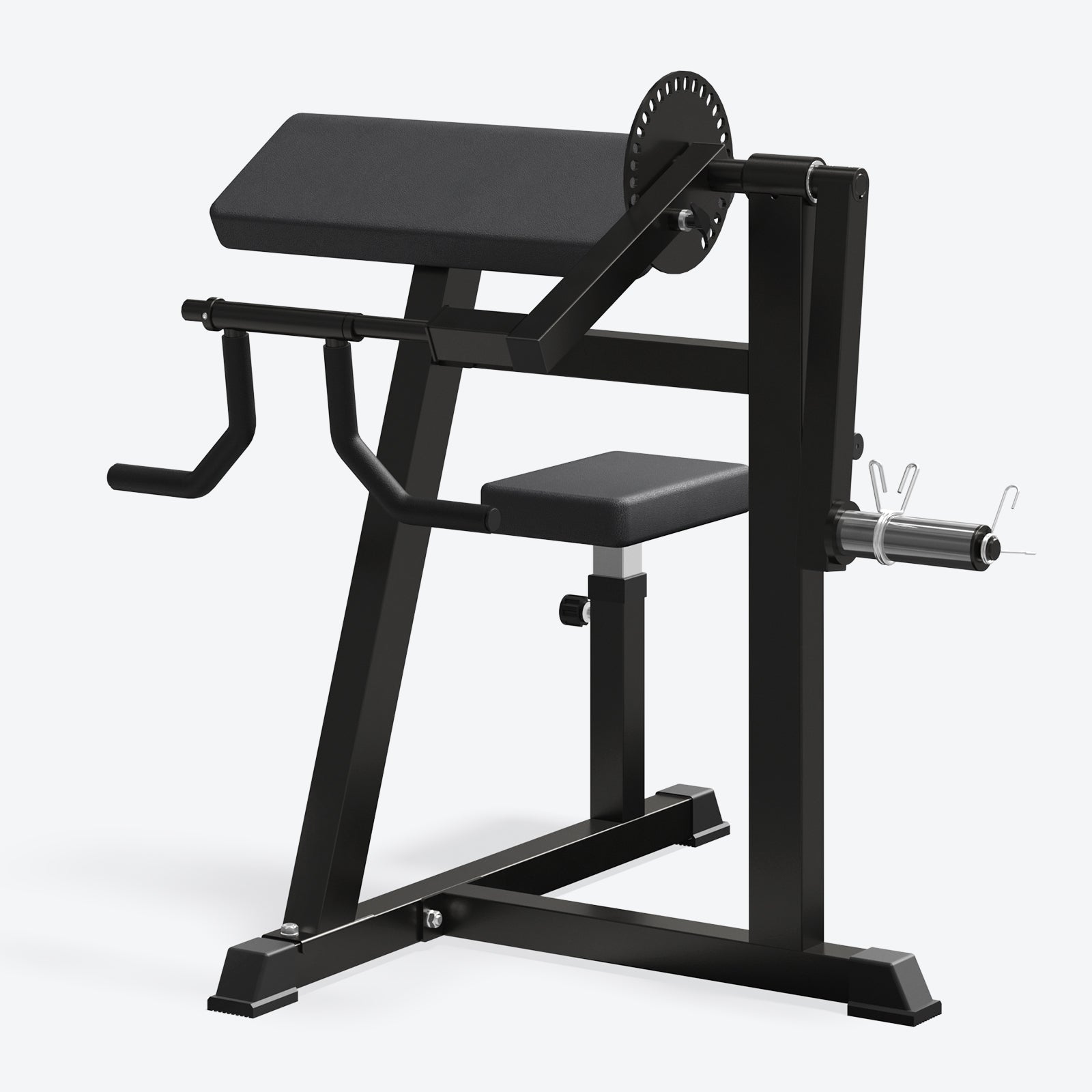
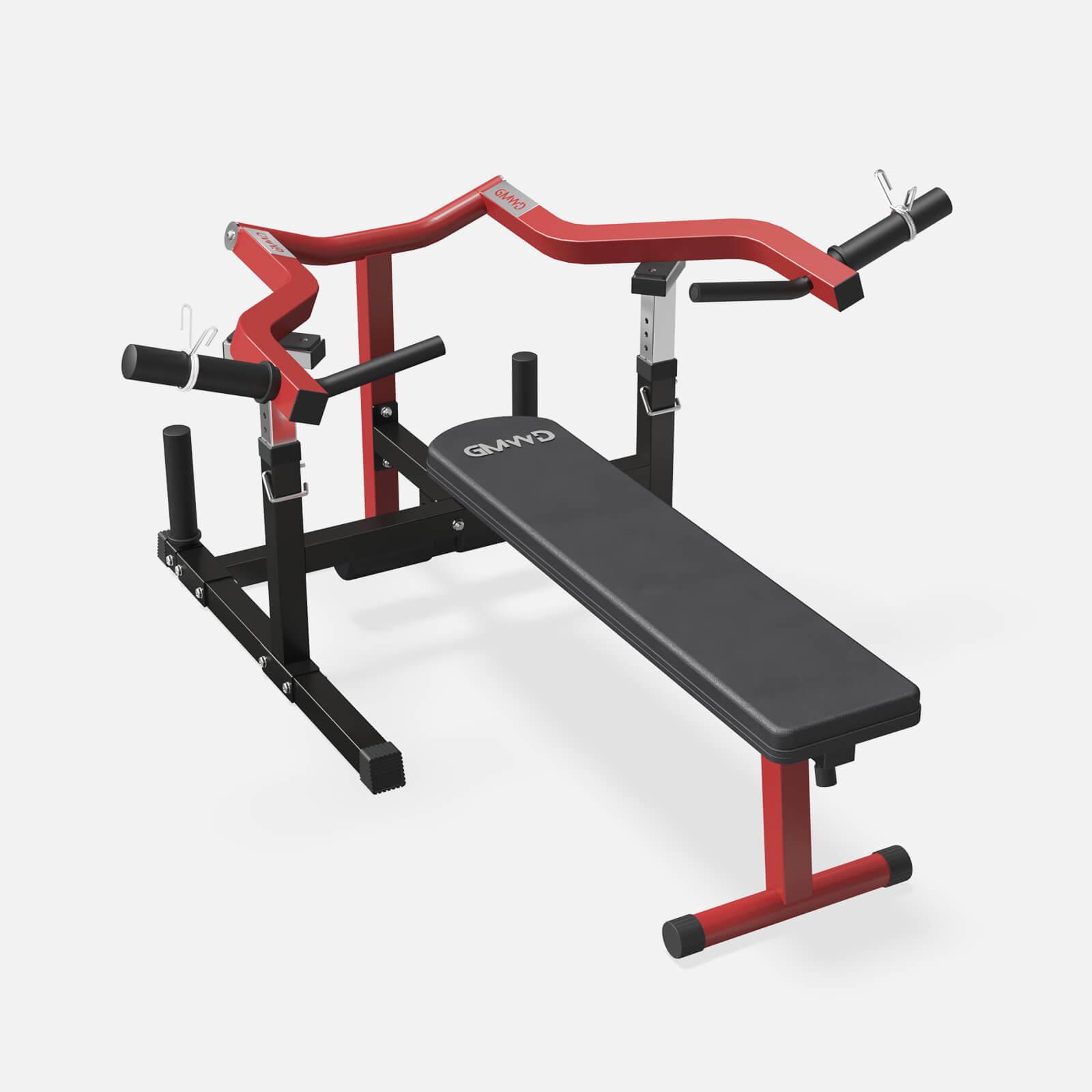
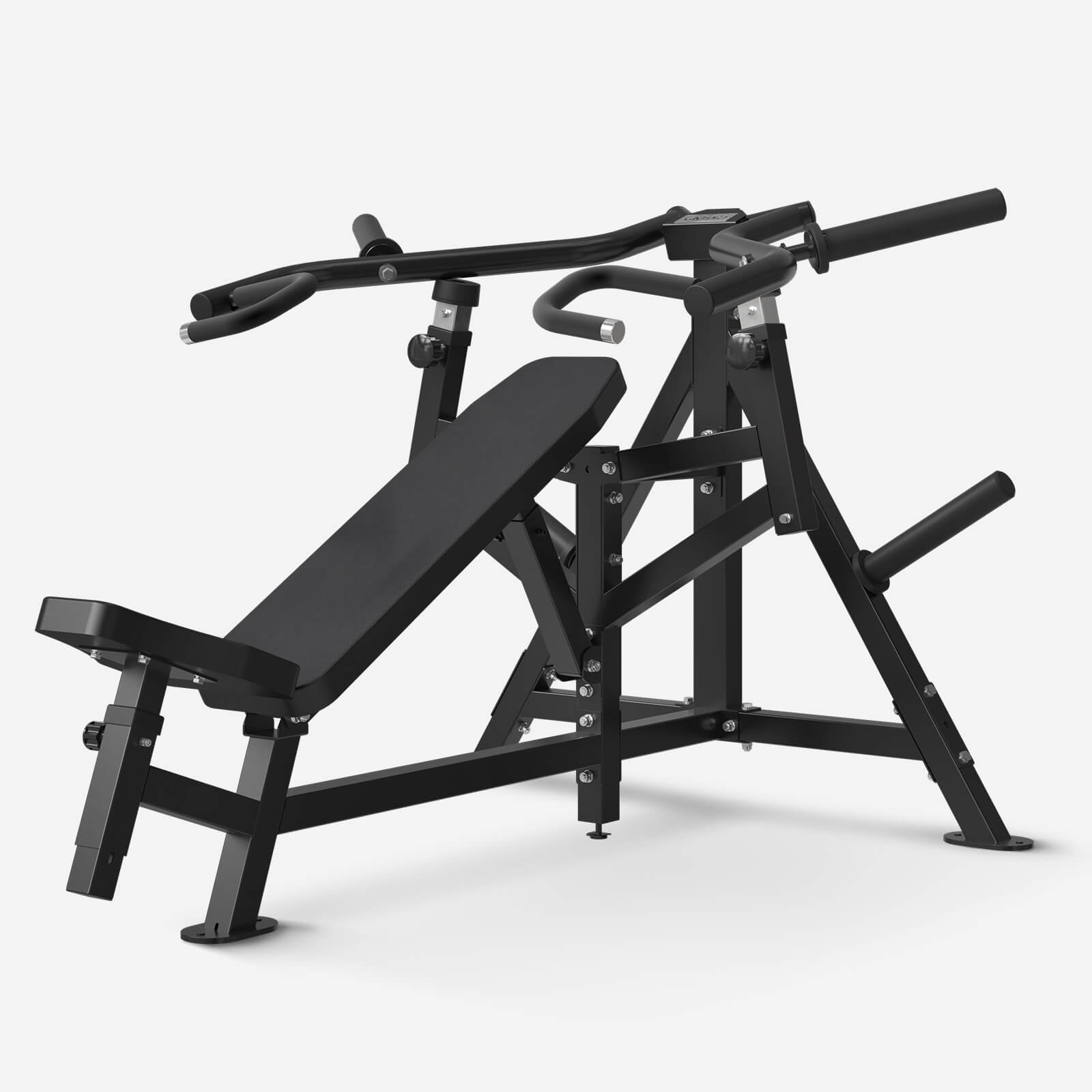
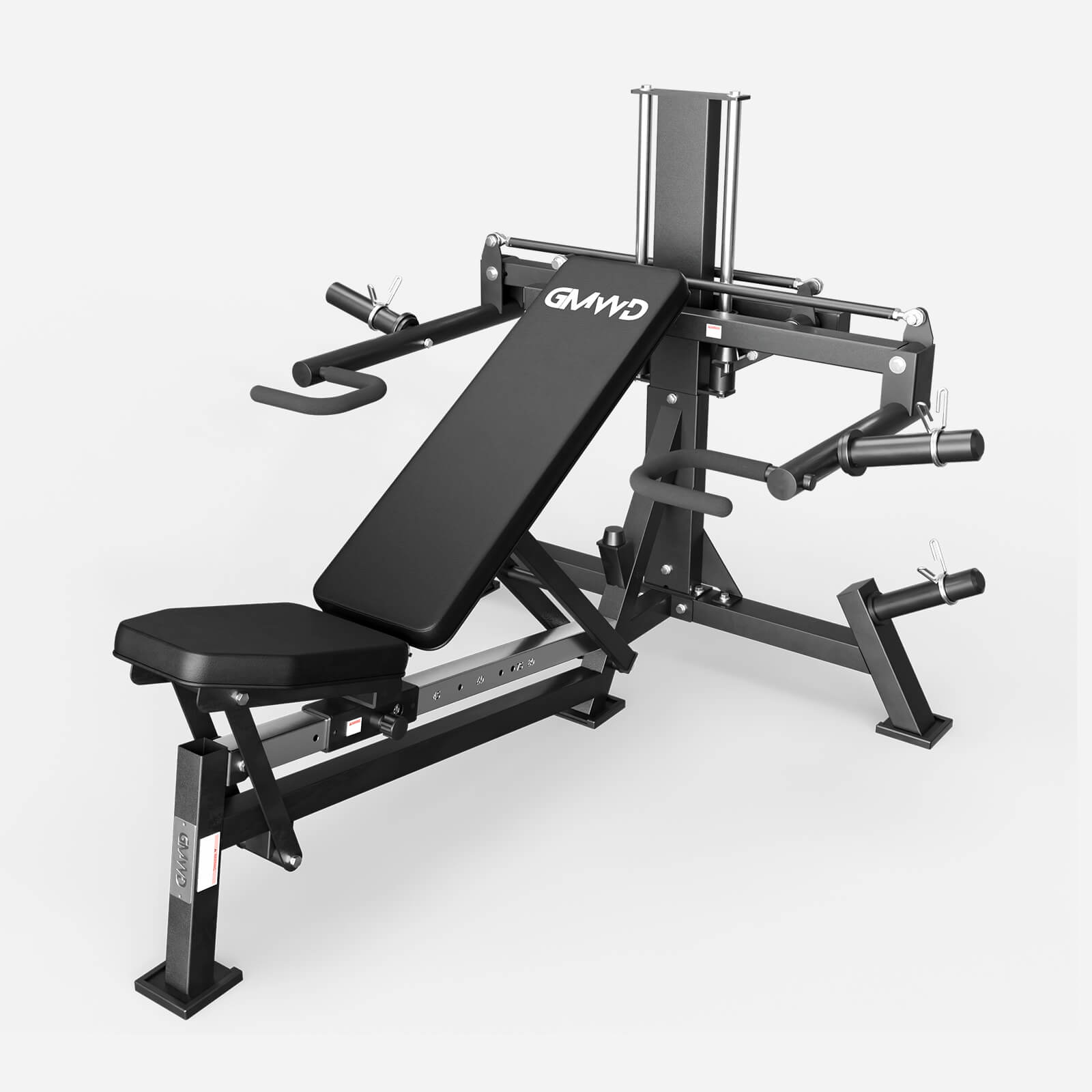
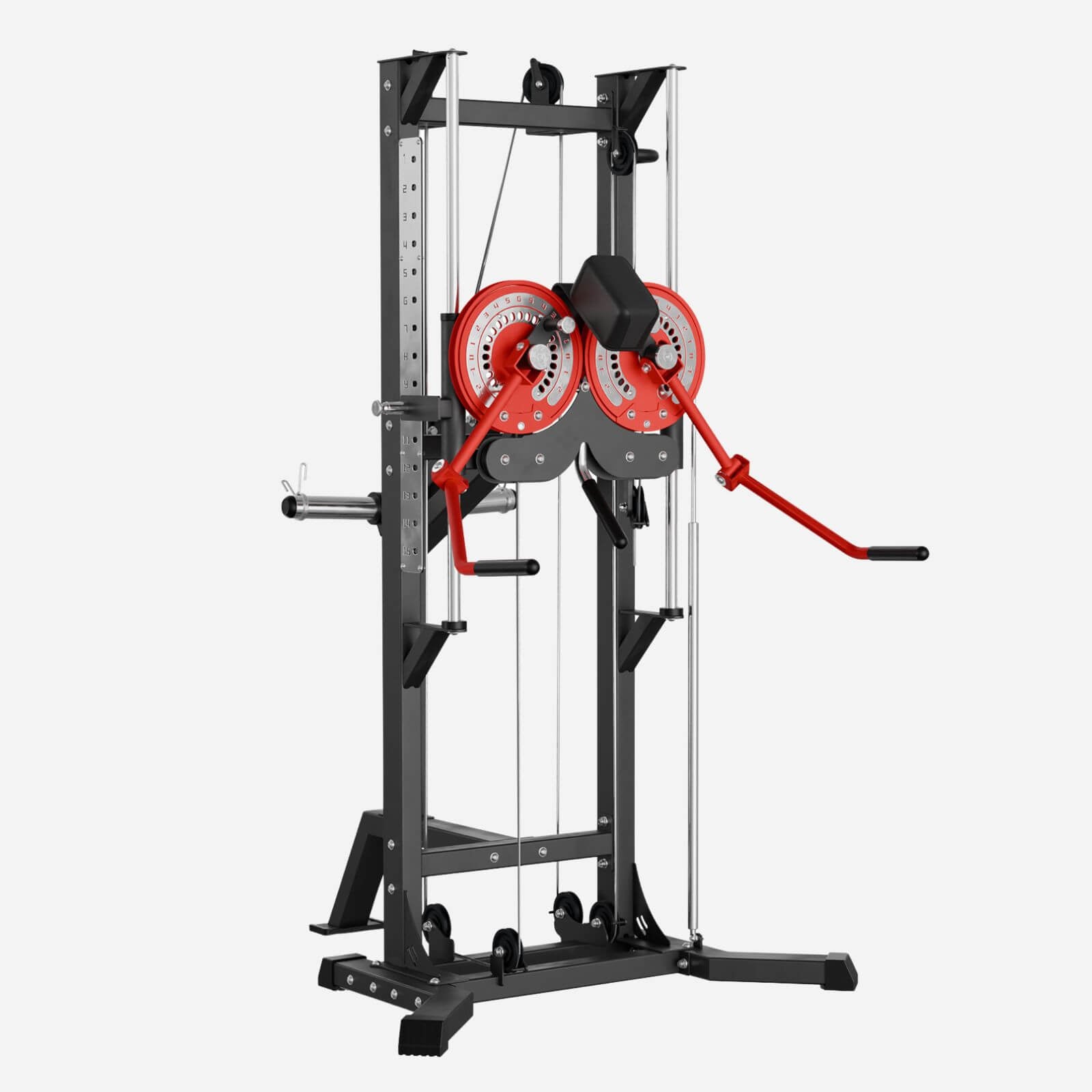
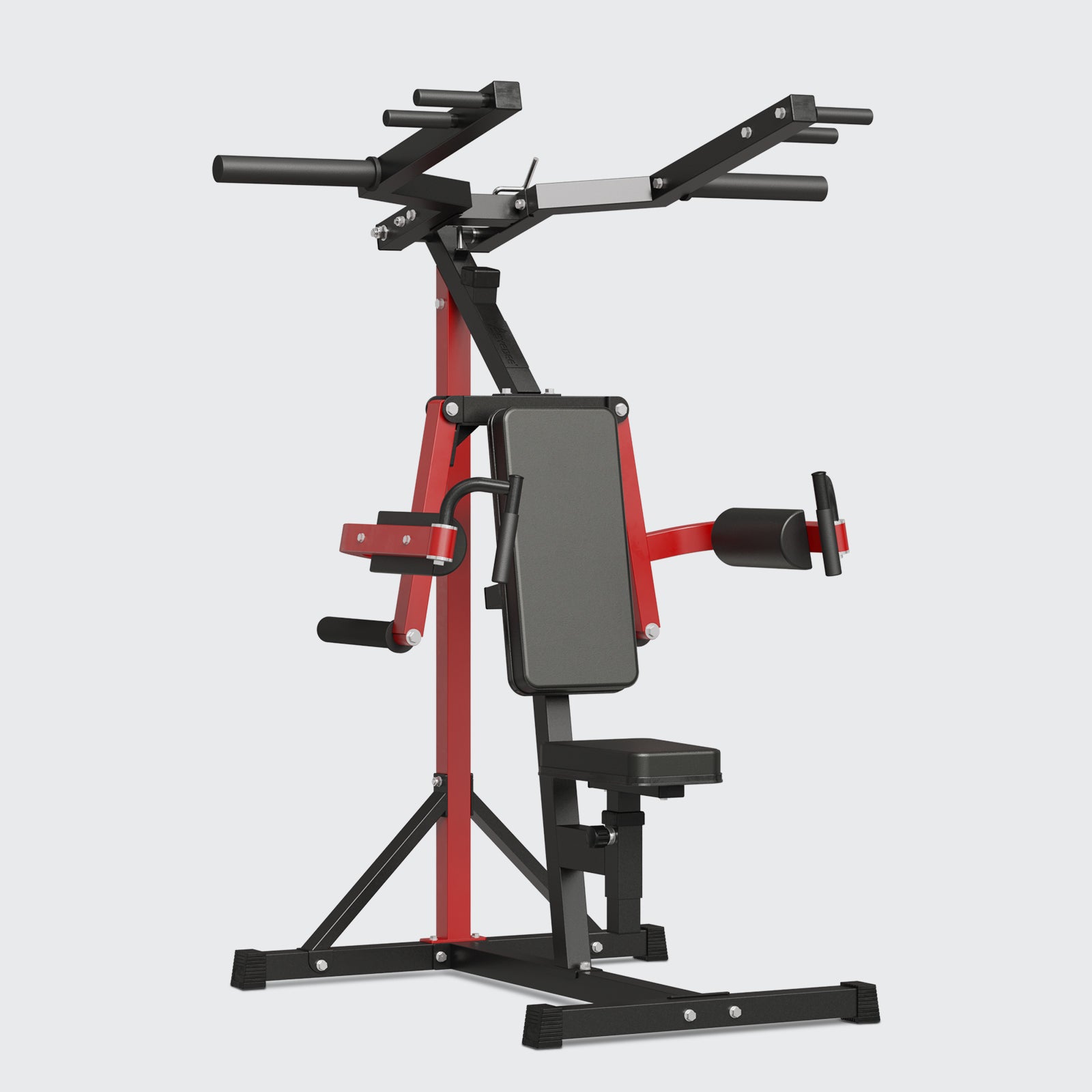
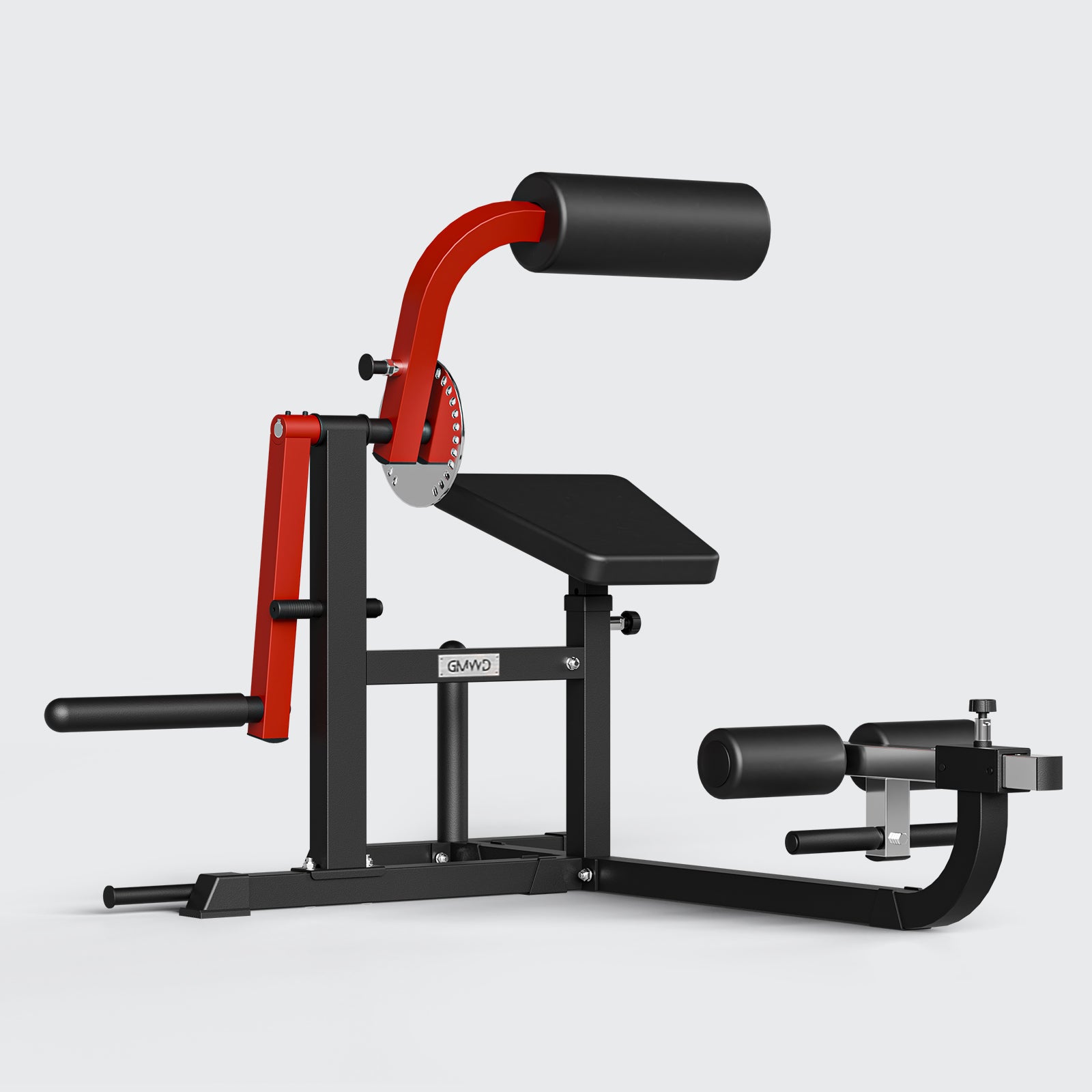
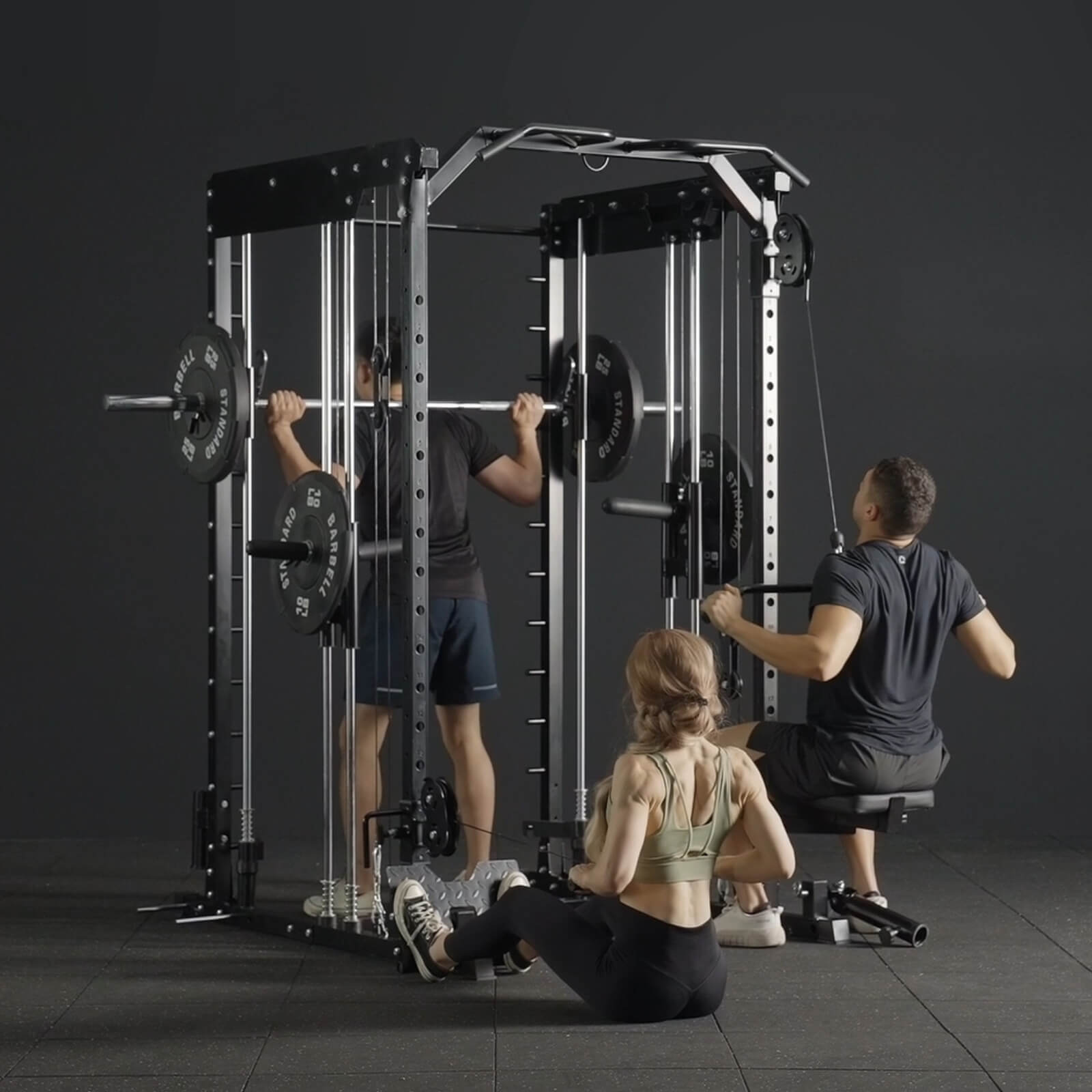
Leave a comment
All comments are moderated before being published.
This site is protected by hCaptcha and the hCaptcha Privacy Policy and Terms of Service apply.